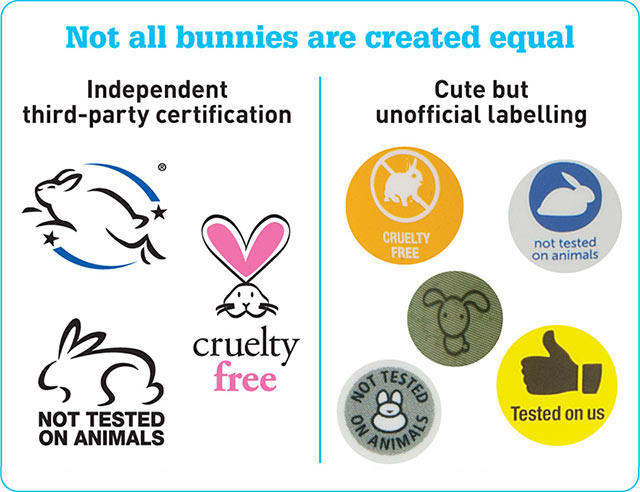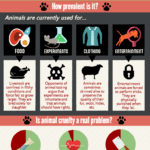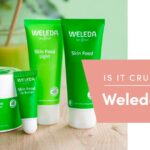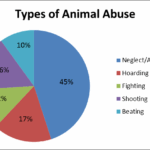The proliferation of cruelty-free products in Australia has presented a nuanced landscape, sparking inquisitiveness and concern regarding the ethical implications of animal testing across the globe. As consumers increasingly gravitate toward brands that eschew animal cruelty, one paramount question arises: is Aussie animal cruelty-free or are these products merely tested on animals abroad? The exploration of this inquiry unveils a labyrinth of regulatory frameworks, corporate practices, and consumer perceptions that govern the cosmetic industry.
To begin, it is crucial to delineate the concept of “cruelty-free.” The term generally refers to products that have not been tested on animals at any point during their development. However, the vagaries of this definition can lead to significant confusion. In Australia, the Australian Consumer Law provides certain regulations concerning product labeling, yet it does not establish a formal definition of “cruelty-free.” Consequently, brands may label their products as such without rigorous standards, potentially misleading consumers who are ardent in their quest for ethical consumption.
Furthermore, while Australia has made strides in prohibiting animal testing for cosmetic products, the reality is far more complex. The Australian government instituted a ban on the practice in 2017, a commendable move that aligns the nation with an international trend pushing against ethical transgressions. However, this ban does not encompass all types of products. For instance, items associated with pharmaceuticals or certain medical products may still undergo animal testing, raising ethical concerns for consumers who assume that cruelty-free extends to all products.
A significant portion of the discussion revolves around the manufacturing practices of multinational corporations. Companies often exploit loopholes within regulations, allowing them to sell products labeled cruelty-free in Australia while adhering to more permissive standards in other countries. For instance, a cosmetic brand may formulate its products in Australia but source ingredients tested on animals from countries where such practices are not yet prohibited. This results in a dissonance where products sold under the cruelty-free banner are, in fact, tainted by animal suffering elsewhere in the supply chain.
Moreover, the global conversation about animal testing includes the increasing emphasis on alternative testing methods. Advancements in technology have made it possible to assess the safety and efficacy of products without resorting to animal harm. Methods such as in vitro testing and computer simulations have garnered support from various stakeholders advocating for animal welfare. Nevertheless, despite these innovations, some companies cling to traditional testing methods due to regulatory uncertainties, cost implications, or sheer inertia in corporate policy.
Importantly, consumer consciousness surrounding these issues has burgeoned, compelling brands to modify their practices to align more closely with public sentiment. Shoppers are now, more than ever, vocal advocates for ethical consumption. This shift in consumer behavior has generated a market where cruelty-free claims are not merely optional, but essential for brand loyalty. Consumers are armed with information, often choosing to support companies that demonstrate transparency in their sourcing and manufacturing processes.
The paradox of global commodification plays a crucial role in complicating these issues further. Australian consumers are increasingly aware of the ethical implications of their purchases and the potential for complicity in animal cruelty. This awareness has prompted an exploration of what it means to be truly cruelty-free. Some brands have undertaken initiatives to provide detailed disclosures about their supply chains, while others revel in ambiguous language that leaves room for interpretation.
In conjunction with this awareness, social media has served as an amplifying force in the dialogue surrounding animal testing. Platforms dedicated to advocacy have rallied for more stringent regulations and transparency within the industry. Influencers, activists, and ordinary consumers unite to share information about brands that are genuinely cruelty-free versus those that fall short. This heightened scrutiny has arguably driven brands to adopt more ethical practices, although the risk of corporate greenwashing looms large.
In addressing the culpability of international brands, it is essential to assess the ramifications of global practices on Australia’s cosmetic landscape. Many internationally recognized brands continue to operate in markets where animal testing is legally permissible, blurring the lines for altruistic consumers. The tangible effect of this is an ethical quandary, causing consumers to question the legitimacy of the “cruelty-free” label.
Consequently, brands, especially those with lofty ethical ambitions, are now facing an imperative: adapt to both the growing regulatory restrictions in Australia and the ethical demands of their clientele. Innovations in ethical sourcing and cruelty-free practices are more than mere marketing tools; they serve as a litmus test for companies committed to progressive change in an industry historically characterized by opaque practices.
In conclusion, the question of whether Australia is truly cruelty-free or knowingly permits animal testing abroad elicits critical contemplation. The desire for cruelty-free products is buoyed by a complex interplay of law, corporate practice, and consumer advocacy. While Australia stands firm in its regulatory advances, the actual implications of globalization and corporate choices threaten to undermine these efforts. Ultimately, the path toward comprehensive animal welfare hinges on unwavering consumer vigilance, transparent practices from brands, and stringent enforcement of ethical standards across the global marketplace. As informed citizens, our decisions set the tone for what we deem acceptable within the beauty and personal care industries, making it imperative to remain vigilant in our choices and advocacy for a truly cruelty-free world.







